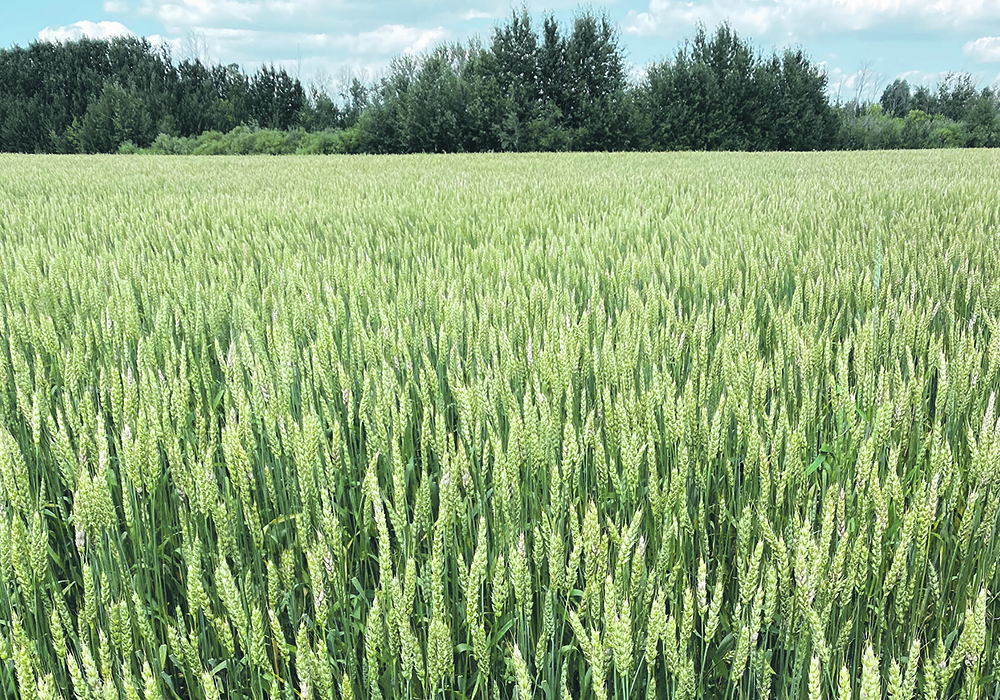The lifting of the wheat short position by the funds can be seen as a positive sign for wheat prices in the coming months
If there has been one consistent factor in the wheat futures market over the past two years, it has been that managed money funds have held a net short position.
The latest Commodity Futures Trading Commission report indicated that funds bought back 10,102 contracts during the week ending on Oct. 1 but remain short a total of 51,977 contracts (7.1 million tonnes). This position is close to one-third the short position that the funds held in the middle of July.
Funds have been net short U.S. wheat contracts (Chicago, Kansas City and Minneapolis combined) since the third week of July 2022. This has been a persistent cloud over the wheat market during the past two years. The lifting of the wheat short position by the funds is a positive sign for wheat prices in the coming months.
Read Also

Defence investments could benefit agriculture
A bump in Canada’s NATO spending commitments could lead to infrastructure investments that would benefit rural areas
The fund short position has been based primarily on the sentiment that global wheat supplies were burdensome. From a production perspective, this has been true. For the past six years, global wheat production has increased steadily with the 2024-25 output estimated at a record 797 million tonnes.
Despite the increased production, wheat ending stocks have decreased over the same period with the current U.S. Department of Agriculture estimate at 257 million tonnes, which is a 10-year low. The decline in the wheat stocks has not been enough to deter funds from adding to their net short position.
What is different in the market fundamentals that funds are changing their outlook?
The Chicago wheat nearby contract has dropped by 35 per cent over the past two years, while Minneapolis futures were down by 37 per cent. It is much easier to rationalize establishing a short position when prices are much higher than the previous five-year average.
Wheat prices have dropped to the upper end of the trading range that persisted through the 2018-21 period. Funds appear to be coming to the conclusion that prices have dropped enough.
A more significant change driving the fund short liquidation is a deterioration of prospects in a several important producing areas.
Although Australia and Argentina are on track to increase production from last year, recent dryness has prevented both countries from producing a record crop.
Over this past week, the focus of the market was the ongoing dryness in Ukraine and Russia. A lack of topsoil moisture in the region is preventing proper winter wheat establishment, and time is running out before the arrival of winter.
Generally speaking, the winter wheat crops in southern Russia and the Caucasus regions need to be planted and established before the end of October. Time is running out for winter wheat crops in Russia and Ukraine.
What does this all mean for wheat markets for the next few months? The easing of the short selling pressure from managed money funds is certainly welcome and should support wheat prices over the next month. Price movement over the next few months will be largely dependent on the severity of the drought situation
The harvest low in spring wheat was established at the end of August, and since then the futures market has risen by close to 14 per cent. The gains may be limited after the end of October because a seasonal trend for wheat prices is expected to level off during November and December.















